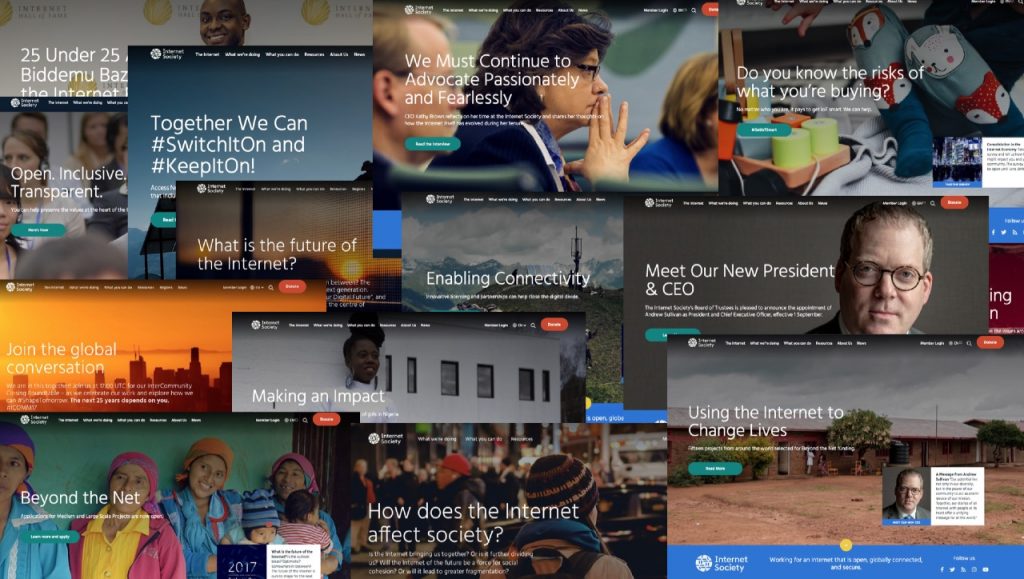How to install LUKS encrypted Ubuntu 18.04.x Server and enable remote unlocking
Much has been changed since my last post about LUKS remote unlock workaround (Particularly, The bug is finally fixed in cryptsetup 2:2.0.2-1ubuntu1.1 and no more workaround is needed). This, is the updated version on how to set things up properly.
UPDATE: Well, it turned out that while the previous bug is fixed, another one still exists. You can find the required workaround for it at the end of this article
In this post, I’m going to show you the required steps and downfalls on running a LUKS encrypted Ubuntu Server setup and how it can be extended to allow remote unlocking.
Prerequisites
- A server to install on
- Static public IP address
- The so called Alternative Ubuntu Server installer1
- Some patience ?
Installing and Setting up encrypted LVM
It is assumed that you already know your way around ISO files and how to boot them on your server.
We will also use the simplest possible setup: A server with a single disk
We are going to use LVM inside the LUKS container, it is Continue reading

 Virtualization is the key to making new 5G use cases a reality, according to top tech chiefs at U.S. wireless operators.
Virtualization is the key to making new 5G use cases a reality, according to top tech chiefs at U.S. wireless operators. The company claims its cloud storage costs less than one-fifth the price of Amazon S3 and is more than six times as fast.
The company claims its cloud storage costs less than one-fifth the price of Amazon S3 and is more than six times as fast.
 Microsoft introduces Azure DevOps; OpenDaylight releases Fluorine ; and Sprint and Nokia collaborate on 5G.
Microsoft introduces Azure DevOps; OpenDaylight releases Fluorine ; and Sprint and Nokia collaborate on 5G.





